
Effective Email Marketing Strategies for 2024
To stand out in your customer’s inbox, it’s essential to update your email marketing strategies. As an online business owner, you understand the importance of email marketing—it’s irreplaceable. However, customer needs evolve, and it’s crucial to keep up with those changes.
Your main objective is to increase customer engagement and retention. For that, you need effective email marketing strategies to engage customers and keep them hooked without overwhelming them.
In this blog, we outline practical strategies to help your emails engage, convert, and generate profit.
Best Email Marketing Strategies to Transform Your Campaigns
Let’s explore effective email marketing strategies that can instill brand loyalty, improve customer experience, and increase engagement and ROI.
1. Know Your Audience
Understanding your audience is the first step in email marketing. Gather details gradually without overwhelming customers with extensive forms. This progressive profiling creates a positive and personalized experience, increasing email open rates.
Example:
Step 1: Initial Form
Ask for basic information:
Email Address (Required)
First Name (Required)
Step 2: Welcome Email and Initial Engagement
Send a welcome email with valuable content.
Step 3: Second Interaction (Follow-up Email)
Ask for additional information:
Company Name
Job Title
Step 4: Subsequent Interactions
Gradually gather more information in subsequent interactions, linking each request to valuable content or offers.
2. Set Campaign Goals
Define the purpose of your campaign, whether it’s driving sales, increasing brand awareness, nurturing leads, or promoting engagement. Set specific metrics to measure progress, such as conversion rates, click-through rates, or subscriber growth. Regularly monitor and analyze key performance indicators (KPIs) to adjust your strategies for success.
3. Maintain a Clean Email List
A clean email list increases open and response rates. Remove invalid or non-existent addresses to reduce bounce rates and maintain your sender reputation. This practice also makes your marketing strategy more cost-efficient, as you’re not paying for contacts who are no longer interested. Almost all email marketing services offer the option for email list cleaning. Just use it time to time.
You can also use tools like Validity or SnovIO.
4. Email List Segmentation
Segmenting your email list makes your emails more relevant and increases engagement. Use customer information like demographics, psychographics, geography, and lifecycle stages to tailor your content. Personalized content has a higher likelihood of converting subscribers into customers.
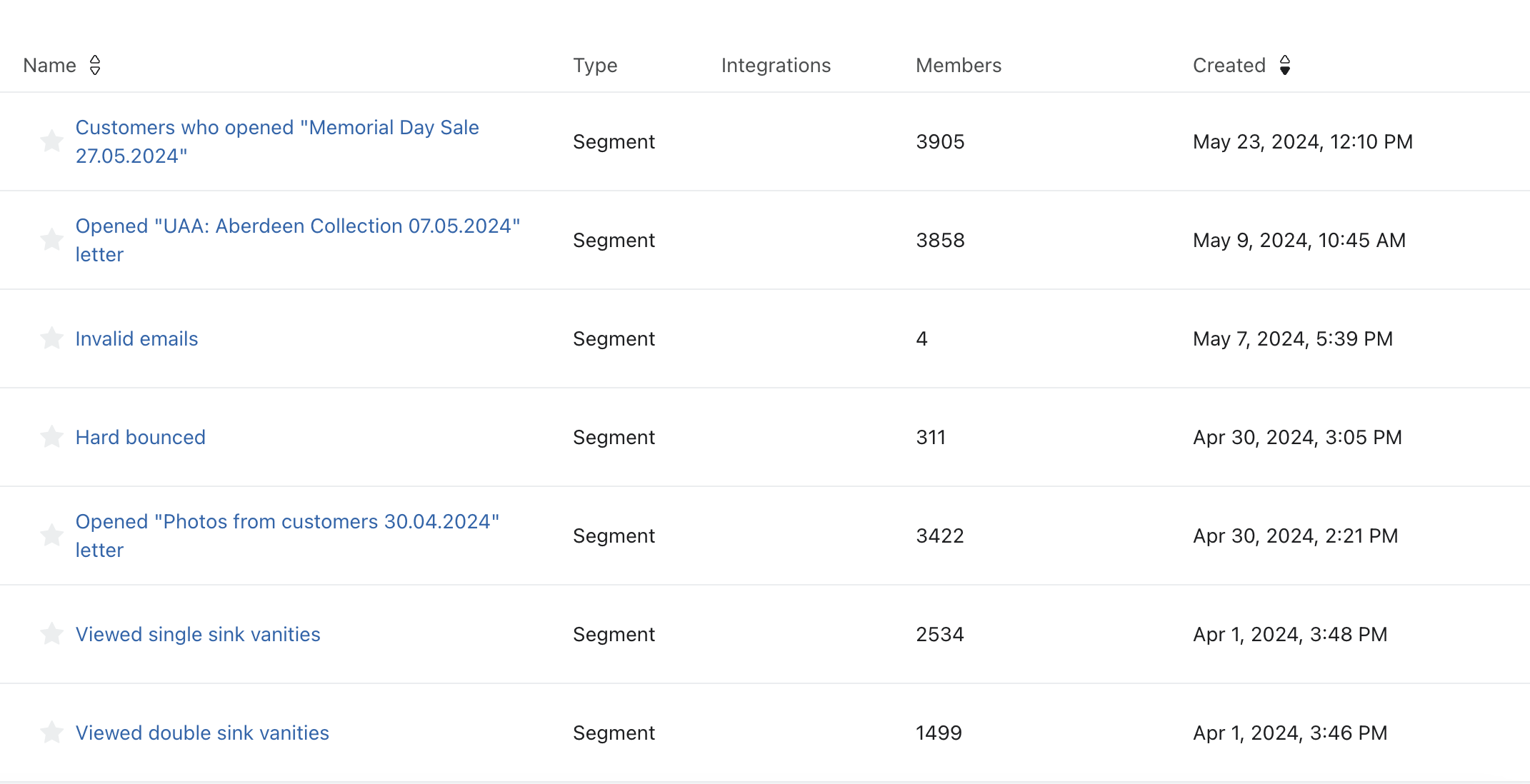
5. Personalization in emails
Personalization is key in email marketing. Use dynamic content, personalized subject lines, and salutations to create a one-to-one connection. Leverage behavioral triggers for automated campaigns based on user actions, such as purchases or cart abandonment. Timing and frequency should also be personalized to match recipient behavior.
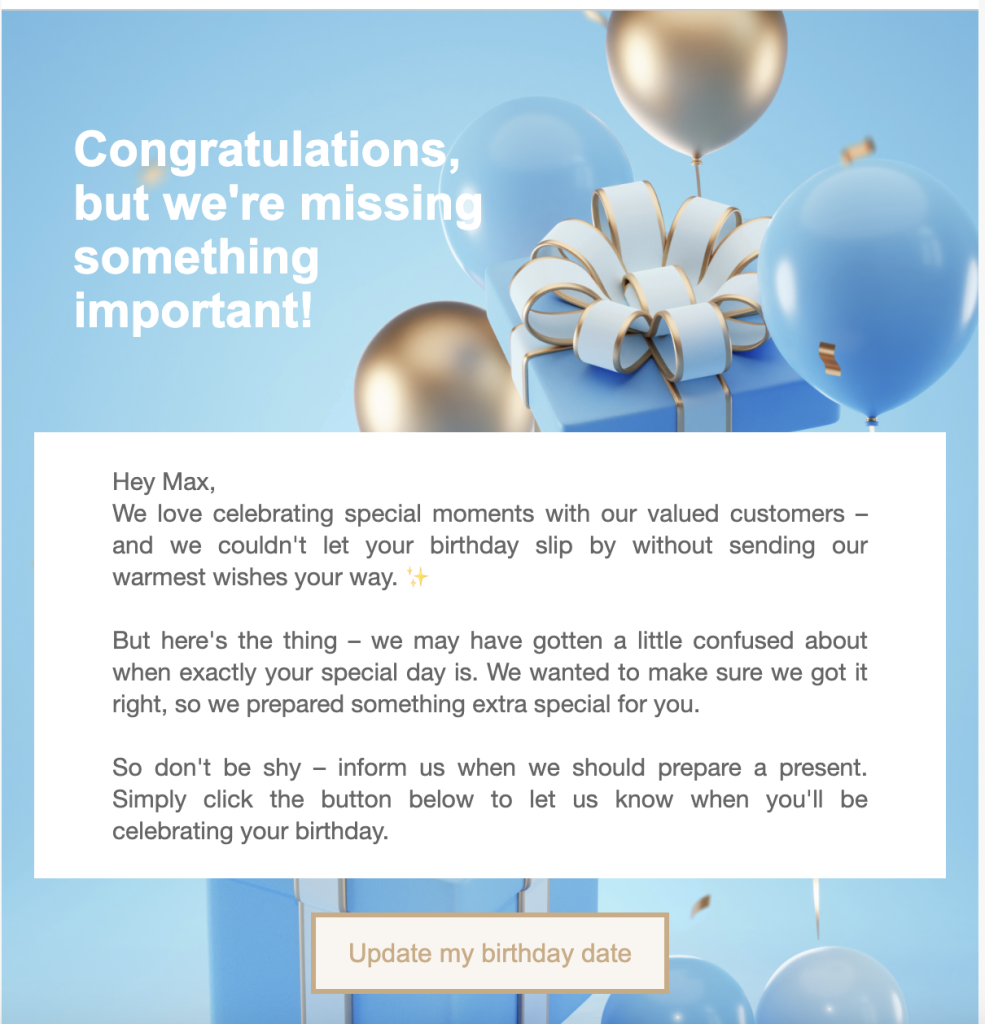
6. Mobile-Optimized Emails
The majority of customers access their personal emails on mobile devices.
Prioritize a responsive design that adapts to different screen sizes to improve click-through rates. This reduces email loading time and minimizes the chances of customers abandoning your email.
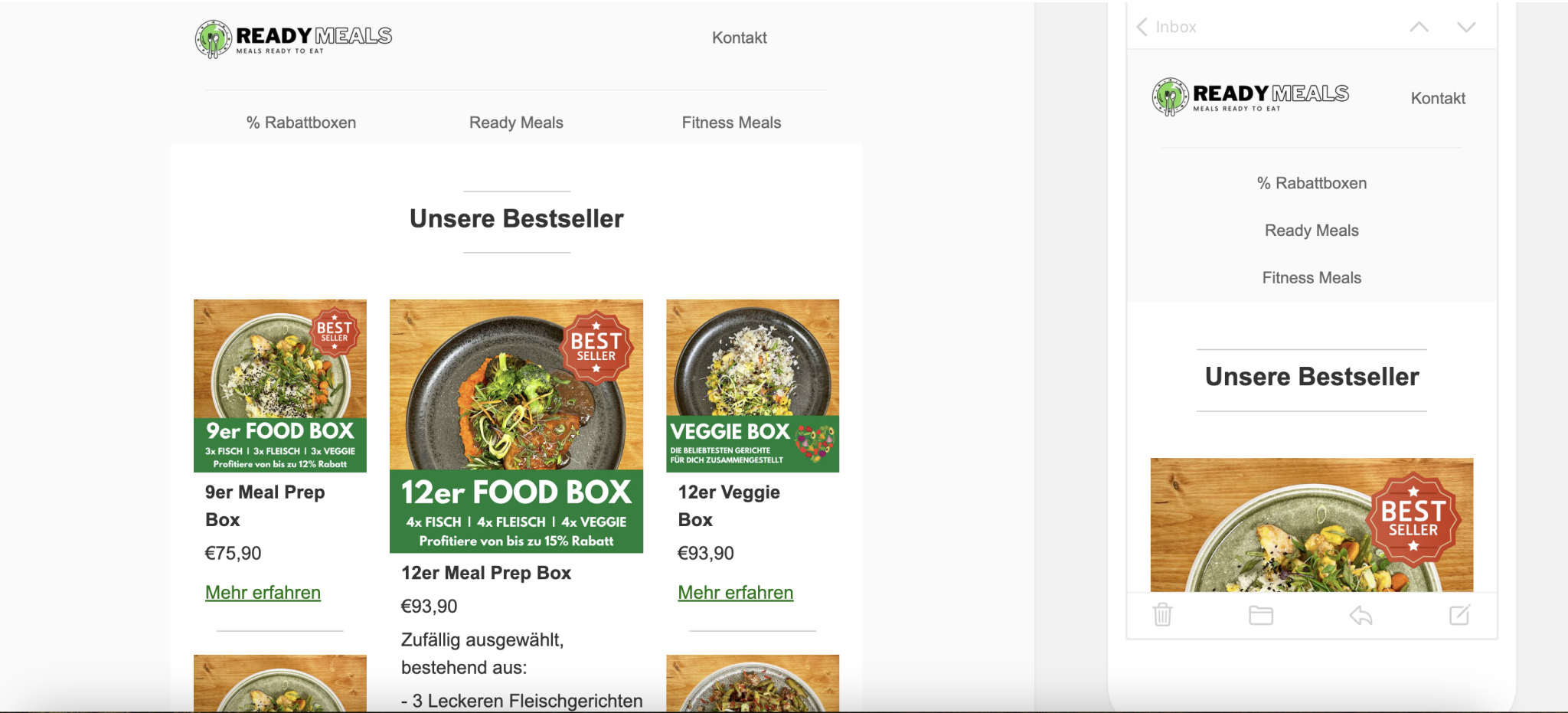
7. Attention-Grabbing Subject Line
The subject line is crucial for improving open rates. It should be compelling and prompt immediate action. Keep it short and impactful, especially for mobile users. Aim to create curiosity and a positive first impression.
8. Timing Your Emails
Knowing the best time to send marketing emails can significantly impact open rates. Use analytics to determine when your customers are most likely to open your emails. B2B emails often perform better during business hours, while B2C emails might see higher engagement on weekends.
9. Strategic CTAs
Calls to action (CTAs) guide users to the next step. Place them after showing the value you offer. Use multiple CTAs if needed, but ensure each provides different value. For example, “Shop Now” for a new collection or “Read More” in a newsletter. Proper placement of CTAs can increase click-through rates.
10. Using Automation Tools
Automation saves time and ensures consistency. Choose an email marketing software with customizable workflows, templates, segmentation options, and an analytic dashboard to track key metrics.
Many email services have calendars for email planning – use it to schedule your emails. Use AI tools to create subjects and images.
11. Attractive Email Templates
Visually appealing emails convey professionalism and credibility. Use consistent branding elements like colors, logos, and fonts to reinforce brand identity. Ensure a clear and organized layout for readability and responsiveness across devices. We use stripo.email to create templates, but also you can just google or subscribe to your favorites and see how it looks.
12. Using the Right Visuals
High-quality visuals can make your emails memorable. Use relevant images, videos, and GIFs to enhance the message. Visuals help communicate complex information quickly and improve customer engagement.
13. Leveraging Social Media
Incorporate social media links in your emails to extend reach and build richer customer relationships. Social media fosters brand awareness, user-generated content, community building, and real-time feedback.
14. Contests and Giveaways
Contests and giveaways can boost open and click-through rates while growing your contact list. They engage customers, create connections, and build loyalty. Partnering with other brands for contests can extend your reach.
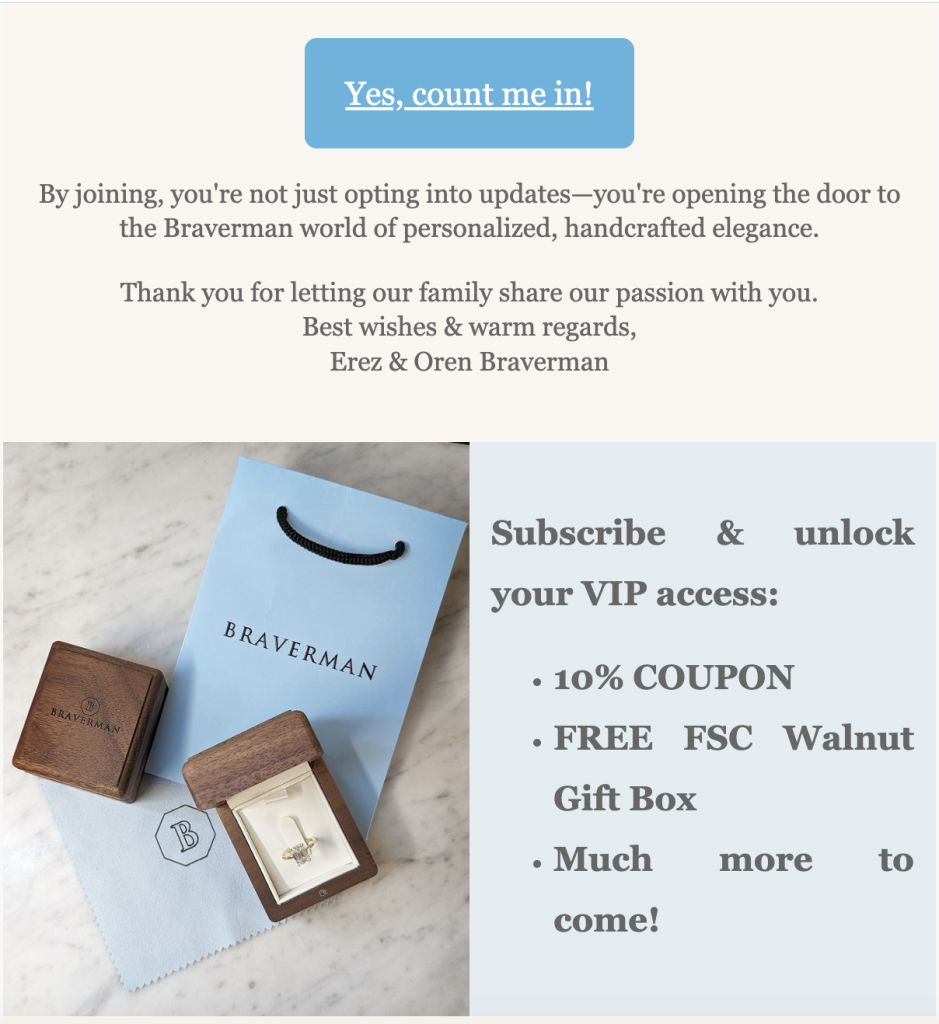
15. Track Metrics
Tracking KPIs like open and click-through rates is essential for optimizing your strategy. Monitor these metrics to shape your content strategy and improve campaign effectiveness. Regularly clean your email list for optimal reach.
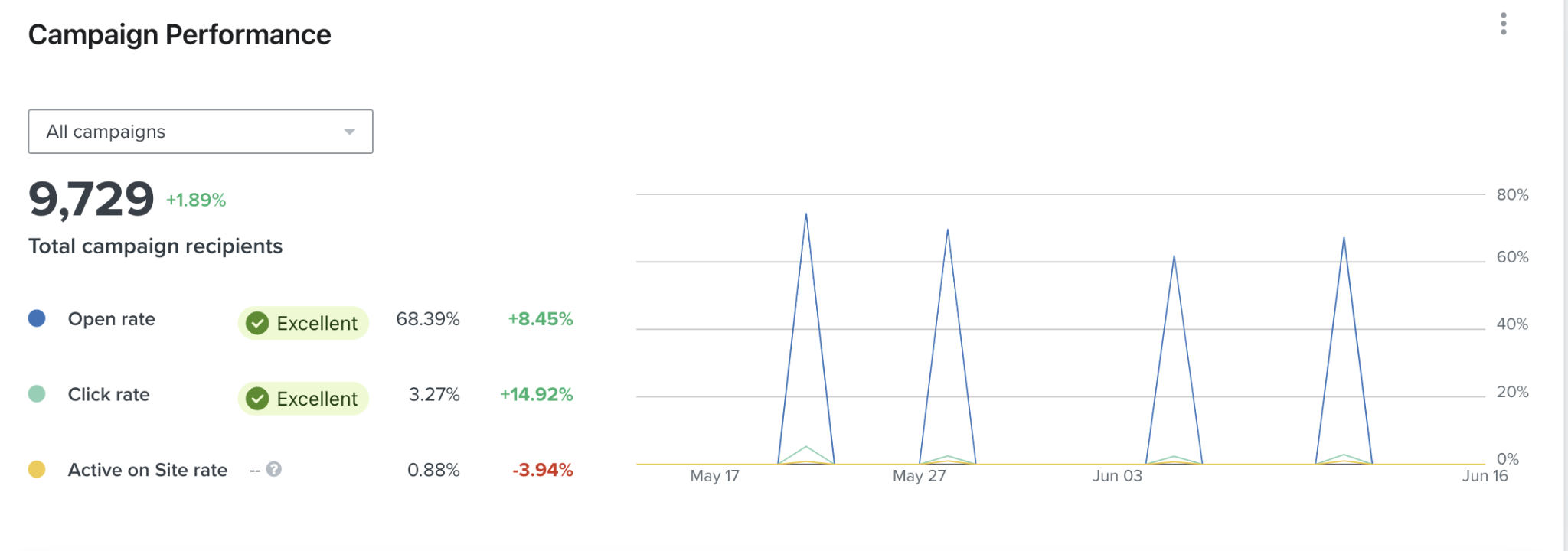
16. A/B Testing
A/B testing helps determine what works best for your audience by comparing two versions of an email. Test various elements, including content, personalization, timing, and design, to optimize open and click-through rates.
17. Address Inactive Subscribers
Addressing inactive subscribers improves list health and targeting. Decide whether to re-engage or remove them, focusing your resources on a more engaged audience for cost efficiency.
18. Email Design Best Practices
Design emails to align with your brand and customer needs. Keep subject lines short and create curiosity. Use responsive designs, consistent branding, optimized images, and prominent CTAs for effectiveness.
Conclusion
The core of successful email marketing is being customer-centric. These strategies aim to improve customer experience and ROI. Experiment with different tactics to find what best fits your brand. Use the right tools to automate and optimize your campaigns, ensuring continuous engagement and higher returns.
Implement these strategies to connect with your audience and drive conversions. Remember, the more you engage your customers with strategic, helpful content, the higher your ROI will be.

Comments 0
Relevant articles
Relevant articles
ARE YOU READY TO IMPROVE YOUR PROJECT WITH #UAATEAM?
We will be happy to discuss your project, along with your main goals and objectives. You can schedule a meeting with one of our managers.
Open->
to new